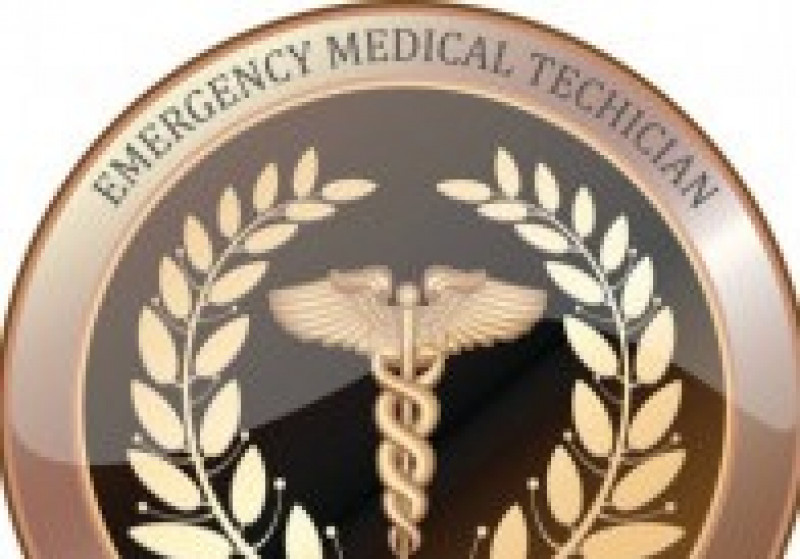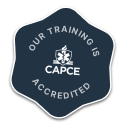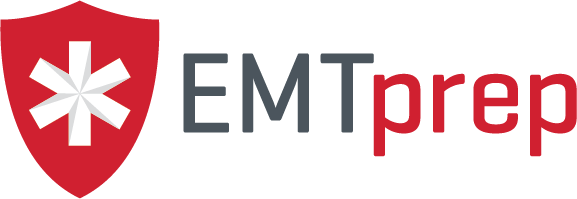
An Emergency Medical Technician is a trained individual who responds to an array of medical emergencies. There are several levels of Emergency Medical Technicians (EMT): EMT-Basic, EMT-Advanced, EMT-Intermediate, and EMT-Paramedic. Each level of EMT differs in the scope of practice and required training and certifications. The most common level of certification is EMT-Basic and requires the least amount of training. An EMT-Basic commonly works on an ambulance alongside an EMT-Paramedic (commonly referred to as simply a Paramedic); however, EMT-Basics can also work independently on crew ships, medical teams at private companies, on fire engines, racetracks, search and rescue teams, and ski patrol.
An EMT-Basic must complete and maintain licensure within his or her individual state. In order to apply for a state EMT-Basic license, an accredited EMT-Basic course and subsequent NREMT exam must be completed. Each EMT-Basic course varies slightly, however, all courses must properly prepare an EMT to assess patient status, perform live-saving procedures in the airway, respiratory and circulatory systems, thoroughly document interventions, and apply a multitude of emergency service principles. Most EMT-Basic courses are usually between 120-150 hours of training and must be completed prior to sitting for the NREMT exam. Prior to sitting for the NREMT exam, we highly recommend that students purchase a subscription to EMTprep.com. EMTprep allows the student to become familiar with the formatting and wording that they'll see on test day. EMT-Basics must also possess and maintain a valid BLS Provider CPR card. Once certified, we highly recommend that the EMT purchase a CE package from EMT-CE.com. Once they've done so, they'll be able to easily maintain their certification with 100% online continuing education through EMT-CE.com. The EMT-Basic scope of practice includes a small number of critically important medicines, respiratory interventions, traumatic injury management skills, and circulatory interventions.
- basic airway management
- use of basic adjunctive airway equipment;
- suctioning;
- cardiopulmonary resuscitation, according to current AHA guidelines;
- obstructed airway management;
- bleeding control to include appropriate tourniquet usage;
- spine immobilization
- splinting;
- scene assessment, triage, scene safety;
- use of statewide EMS communications system;
- non-complicated childbirth (imminent delivery);
- glucometry;
- oxygen;
- administration of oral glucose, aspirin, intramuscular 1:1000 epinephrine, sublingual nitroglycerin
- wound management.
- Dozens of courses and topics
- State-specific requirements
- We report to CAPCE in real time


